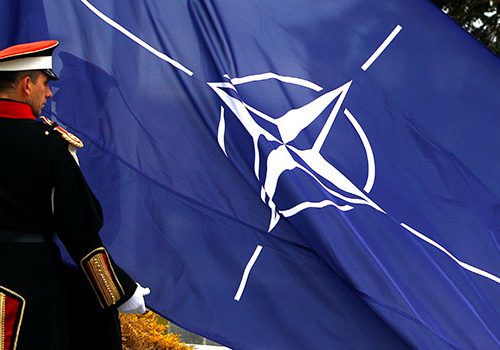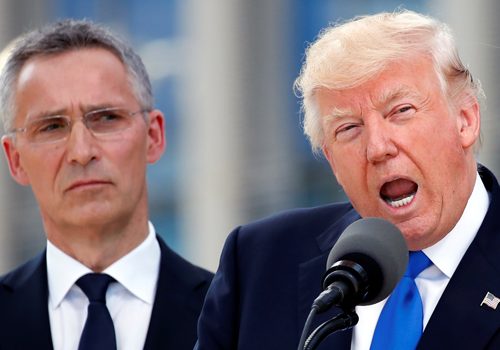NATO members are picking up the burden
At the 2014 Wales Summit, NATO leaders pledged to increase defense spending to reverse the decline of national defense investment and respond to Russian aggression in Ukraine and Georgia and Russian military modernization. Allies agreed to boost national defense spending to 2 percent of gross domestic product (GDP) within a decade.
For all the hand-wringing around burden sharing, the results since Wales have been impressive, if still uneven.
European allies and Canada have now contributed four consecutive years of growth in defense investment, bringing an additional $41 billion in cumulative defense spending to NATO’s collective security between 2016 to 2018. Defense investment rose across the board in 2018, with each ally increasing its investment and seven allies reaching the 2 percent mark, improving NATO’s ability to respond swiftly to any threat.
Since Wales, Allies have also started a more strenuous military exercise regimen, increased maritime patrols in the Mediterranean, Baltic, and Black Seas, and created an enhanced Forward Presence mission in NATO’s east.
This strong commitment to fairer burden is hard to overstate. While movement towards 2 percent may seem slow, it is clear that NATO allies are making significant changes to their defense spending, bringing real contributions to the Alliance’s security, and committing to a fairer and more effective Alliance.
Image: A Polish soldier stands near U.S. and Poland's national flags and a NATO flag as the first company-sized contingent of about 150 U.S. paratroopers from the U.S. Army's 173rd Infantry Brigade Combat Team based in Italy arrived to participate in training exercises with the Polish army in Swidwin, northern west Poland April 23, 2014. REUTERS/Kacper Pempel


